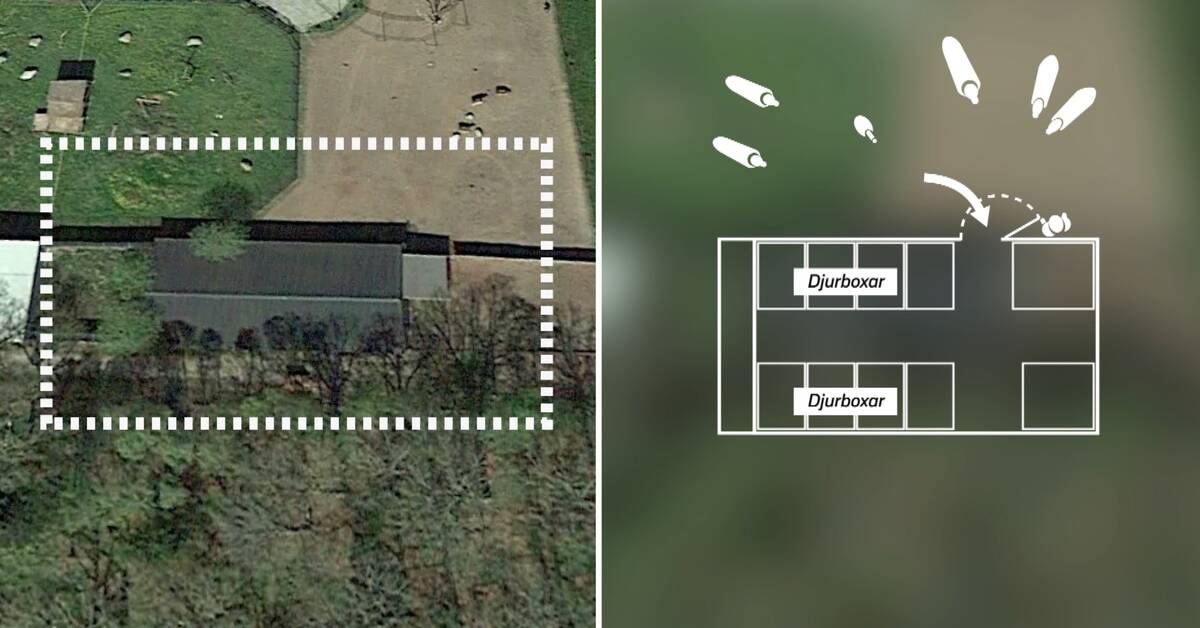Öland Zoo's own routines state that there must always be a door or wall between staff and the animals in the savanna stables, as well as a retreat route.
But when SVT examines the park's own drawings of the stables, it appears that those routines were impossible to adhere to at the time of the accident.
Among other things, because the door that the zookeepers have to open to let the animals in opens outwards.
See in the clip above how the zookeepers worked at the time of the fatal accident.
The Swedish Work Environment Authority has not reacted
In the zoo's own investigation, the sequence of events in the accident is described as so fast that the accident could not have been predicted.
Nor has the Work Environment Authority commented on the unprotected situation at the door, even though it was where Fanica Gherasim died.
- You look out and make an assessment of whether the animals are close or far away, says Sinisa Vukovac, who is the responsible inspector in the investigation of the fatal accident.
Close contact strictly prohibited
But in other zoos, close contact with eland antelopes is strictly prohibited.
There, a sluice system is used which means that staff do not have to move in direct contact with the animals.
- They are large and potentially dangerous.
They are fast and good jumpers.
It's not uncommon for people to underestimate them, says Lars Versteege, a zoologist at the Beekse Bergen Safari Park in the Netherlands, who has worked with eland and other antelopes for 18 years.
The day after the accident, SVT Nyheter Väst did an interview with Borås Zoo, which has similar routines as in Holland and where working alone with antelopes is now strictly prohibited.
Similar routines also exist at Kolmården.
After the accident, Öland's zoo has told SVT Nyheter Småland that a similar system has now also been introduced.

